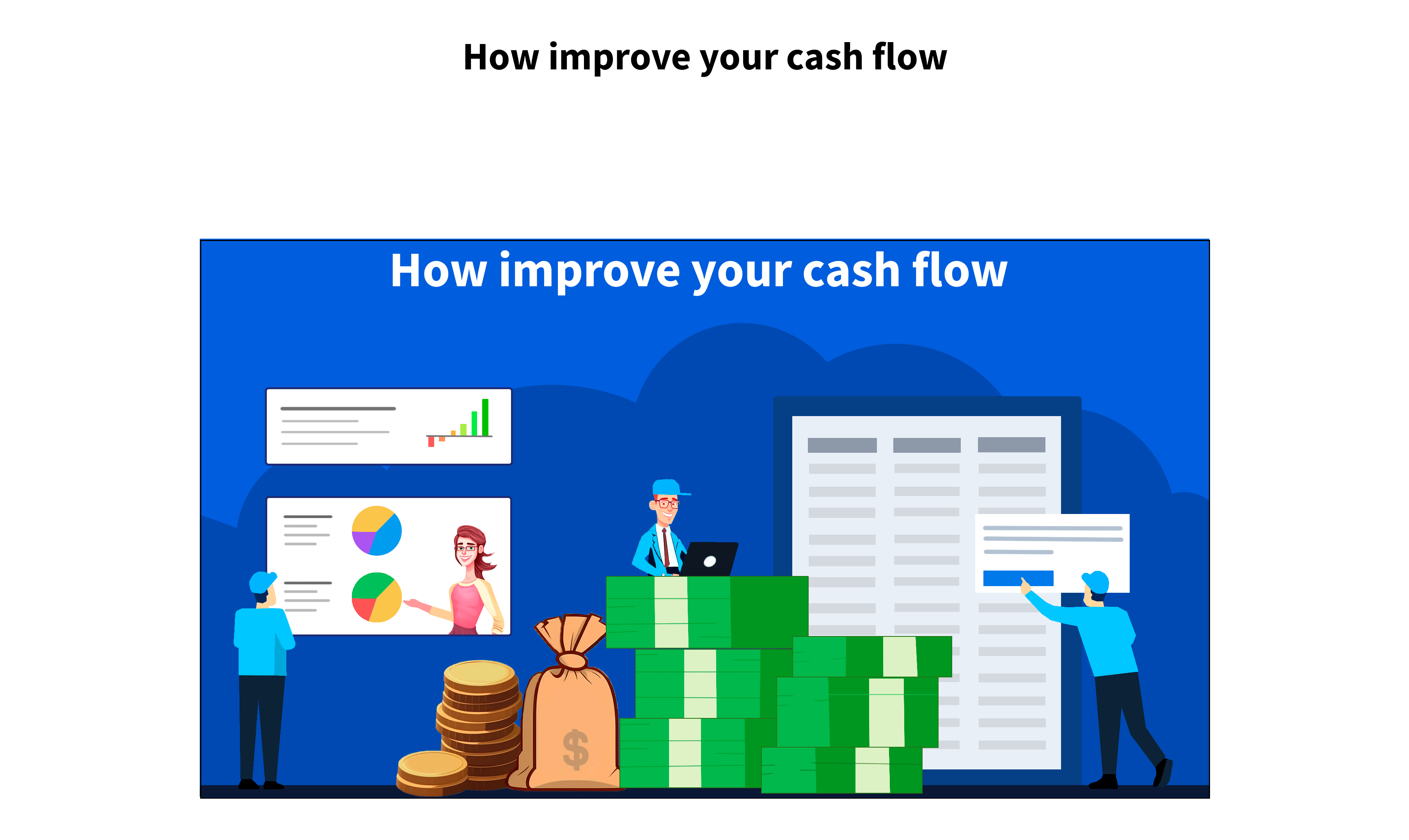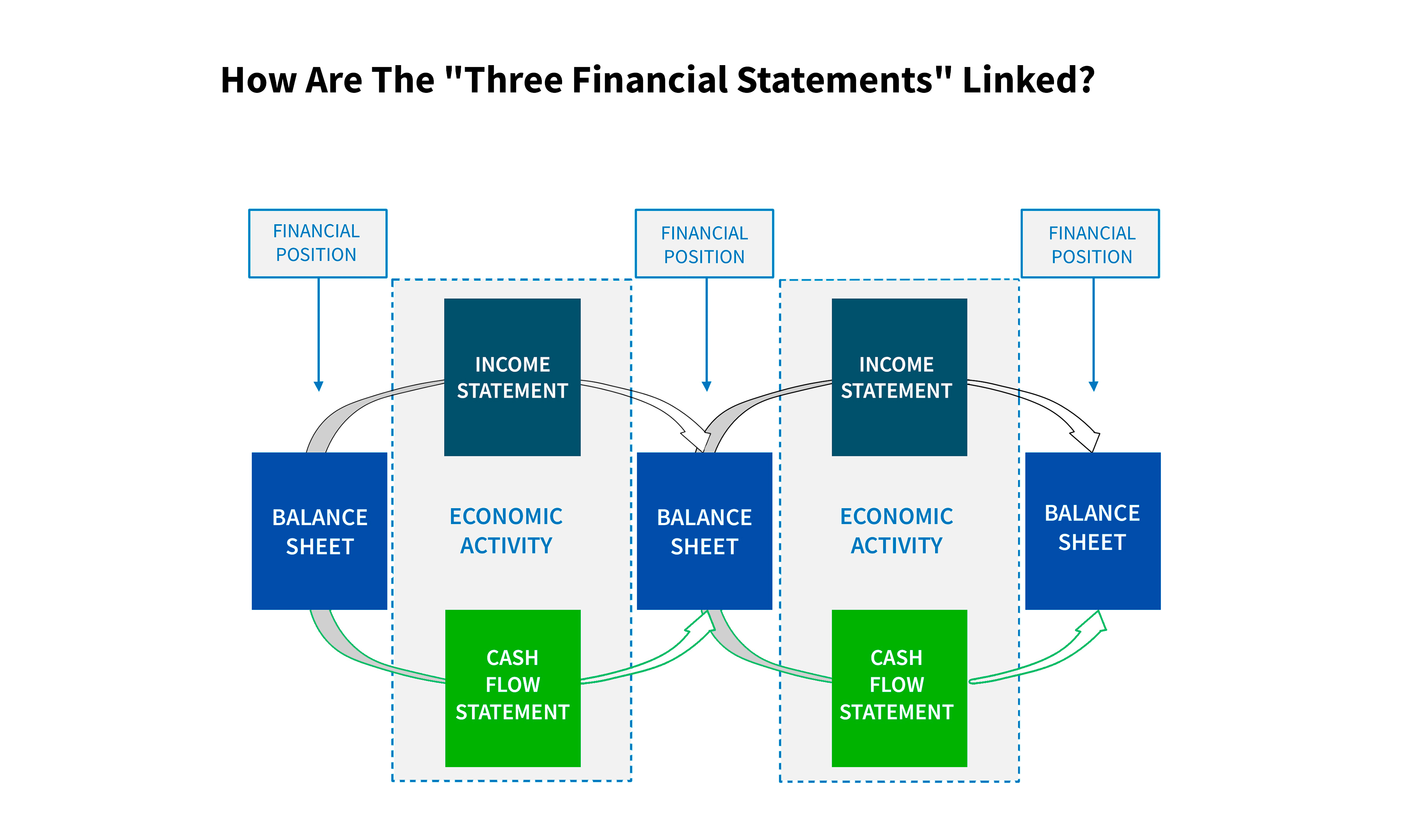Let's say that your company sold 160 units and you need to find the COGS or the cost of goods sold and the ending inventory with the first in first out method.
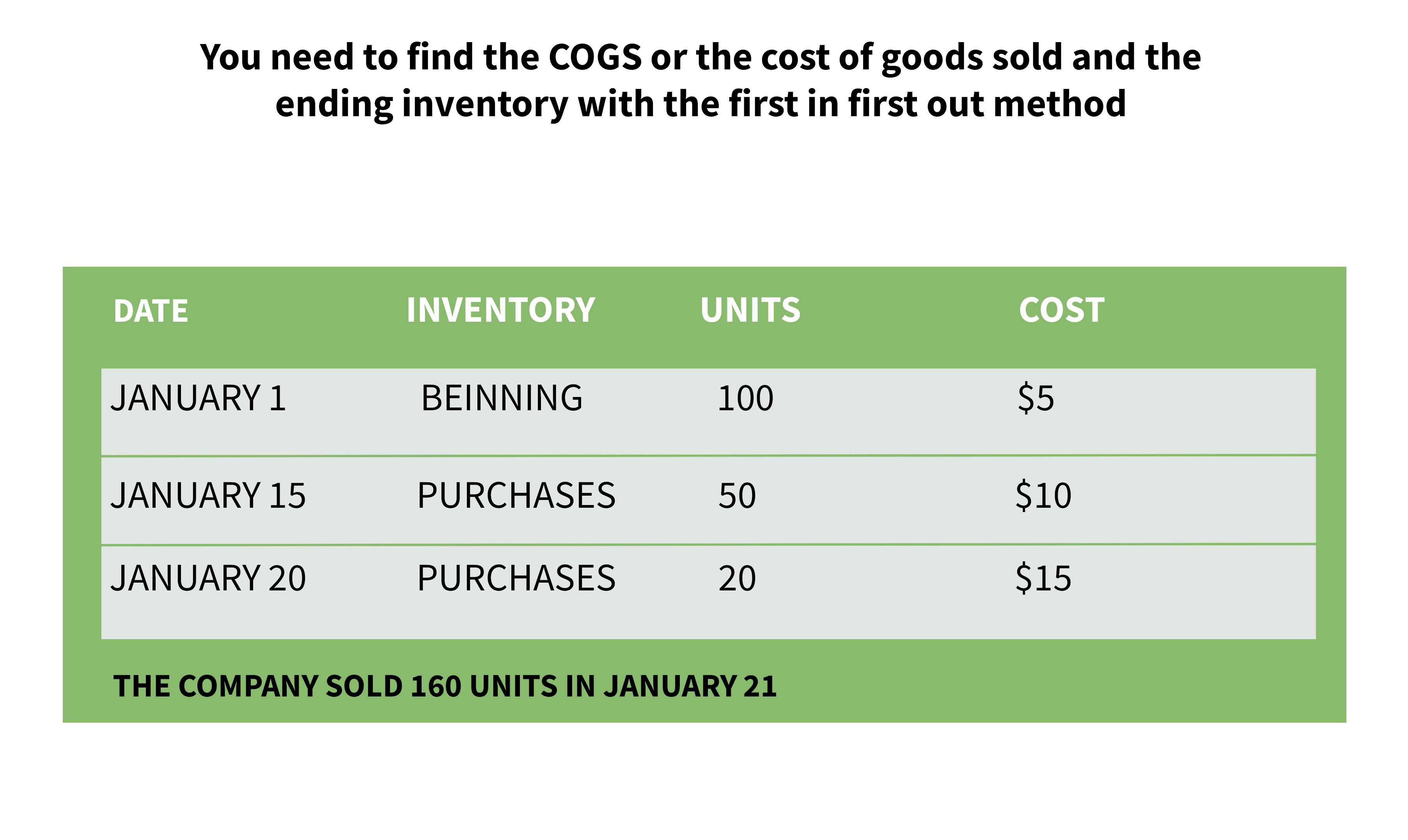
How did you do the cost of goods sold?
Well, since you sold 160 units and you need to do first in first out, you're going to start from the beginning. Since I need 160, I do 100 times 5, 50 times 10 and then since I have 100 plus 50, that's 150 and I need 10, I just grab from the 20, 10 units times 15 and that's how I get the cost of goods sold using the first in first out.
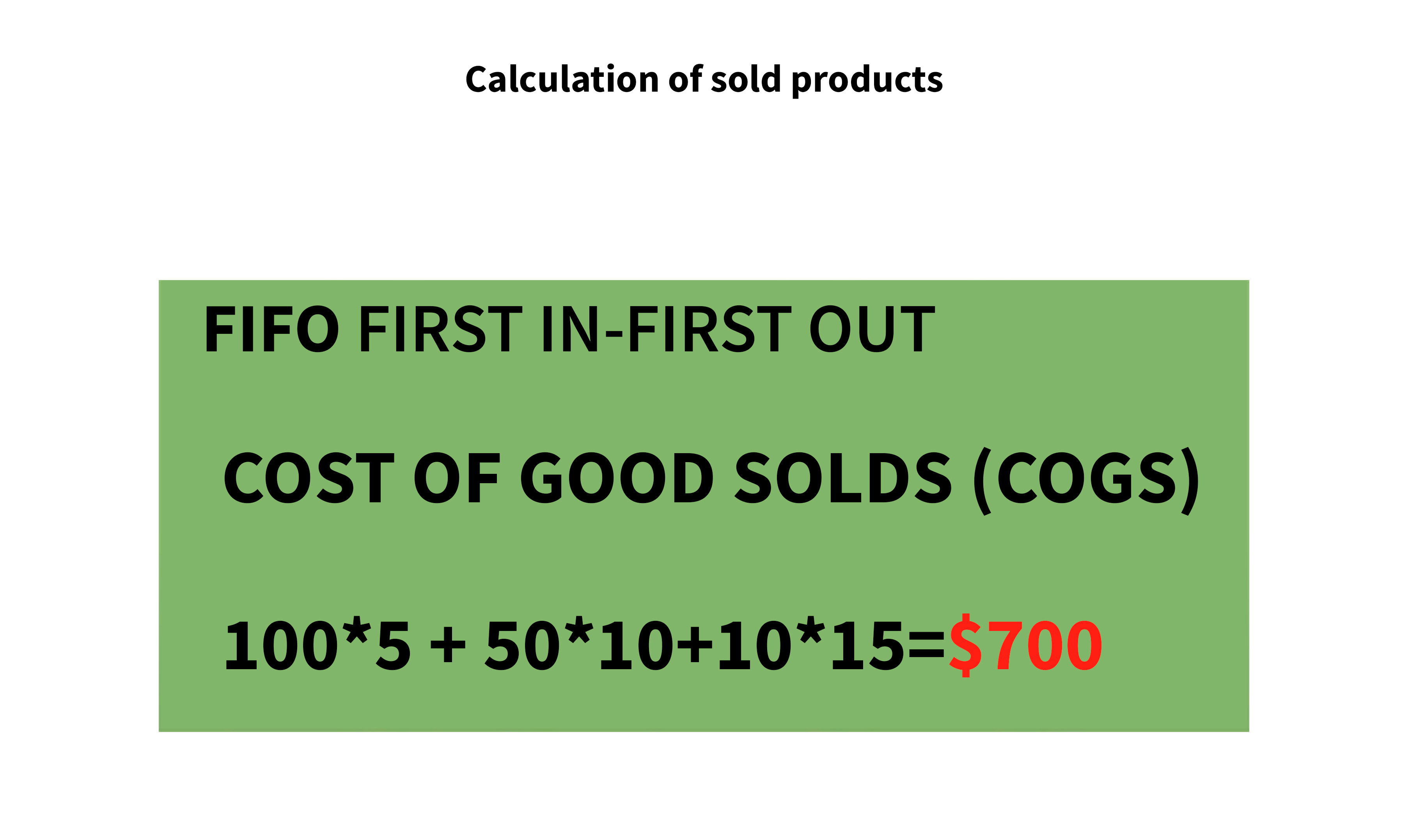
How do I find the ending inventory?
Really easy. Just figure out what is left from my whole inventory. Well, since I sold 160 and I have here 170, I have 10 left but those 10 left are going to be from the bottom which is going to be 10 times 15.

How do I do it now with LIFO?
Well, this is last in first out. Again, the cost of goods sold is going to be the following. 20 times 15, because it's the last one out, then 50 times 10, and that's 50 plus 20 is 70. So I need 90 more which I'm going to get from the beginning at $5.
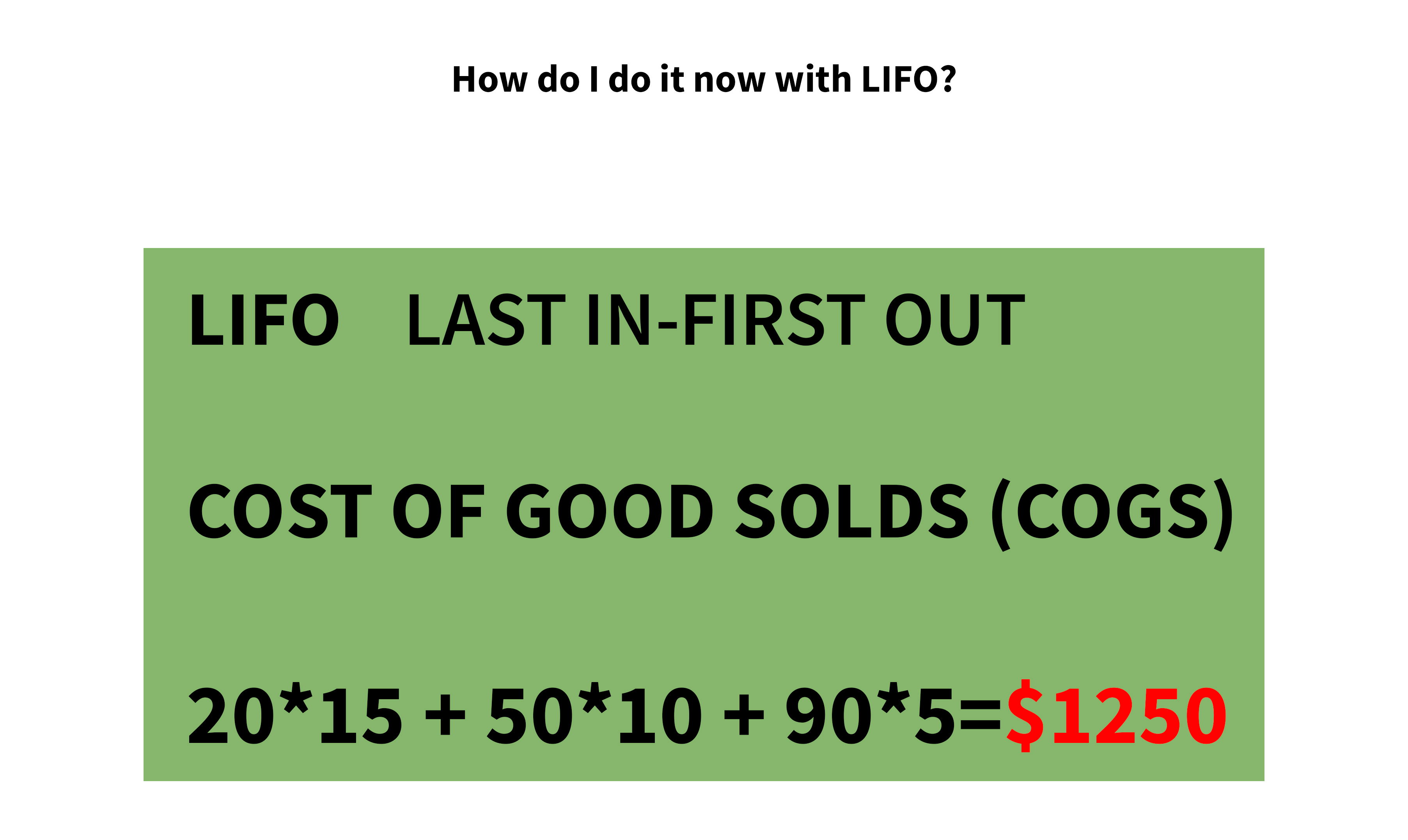
How do I figure out my ending inventory?
Really easy. Since I have 10 left, it's going to be 10 times 5 and my ending inventory is going to be 50.
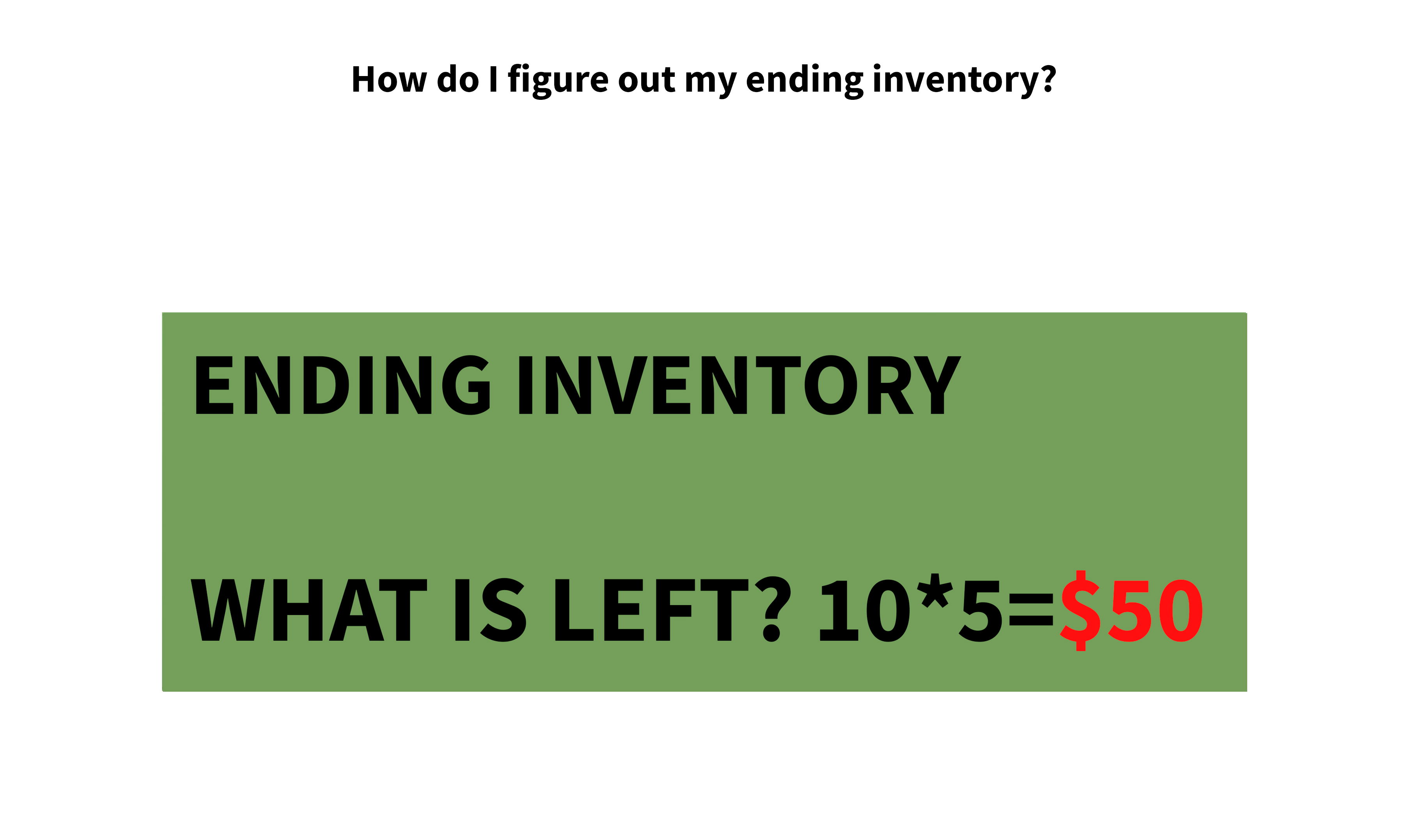
It is very important to remember that sometimes with inflation prices are going to go up just like in this case 5, 10, 15. Well, that tells me that on the first in first out, I'm going to have a higher income and basically you're going to pay more tax. If you do last in first out, you're going to have a lower income because look, your cost of goods sold here is $700 while here the cost of goods sold is $1,250 which is a big difference.
If you want to have a higher income and pay more tax, you can use the first in first out, but if you want to have a lower income and pay less taxes, you want to use LIFO.
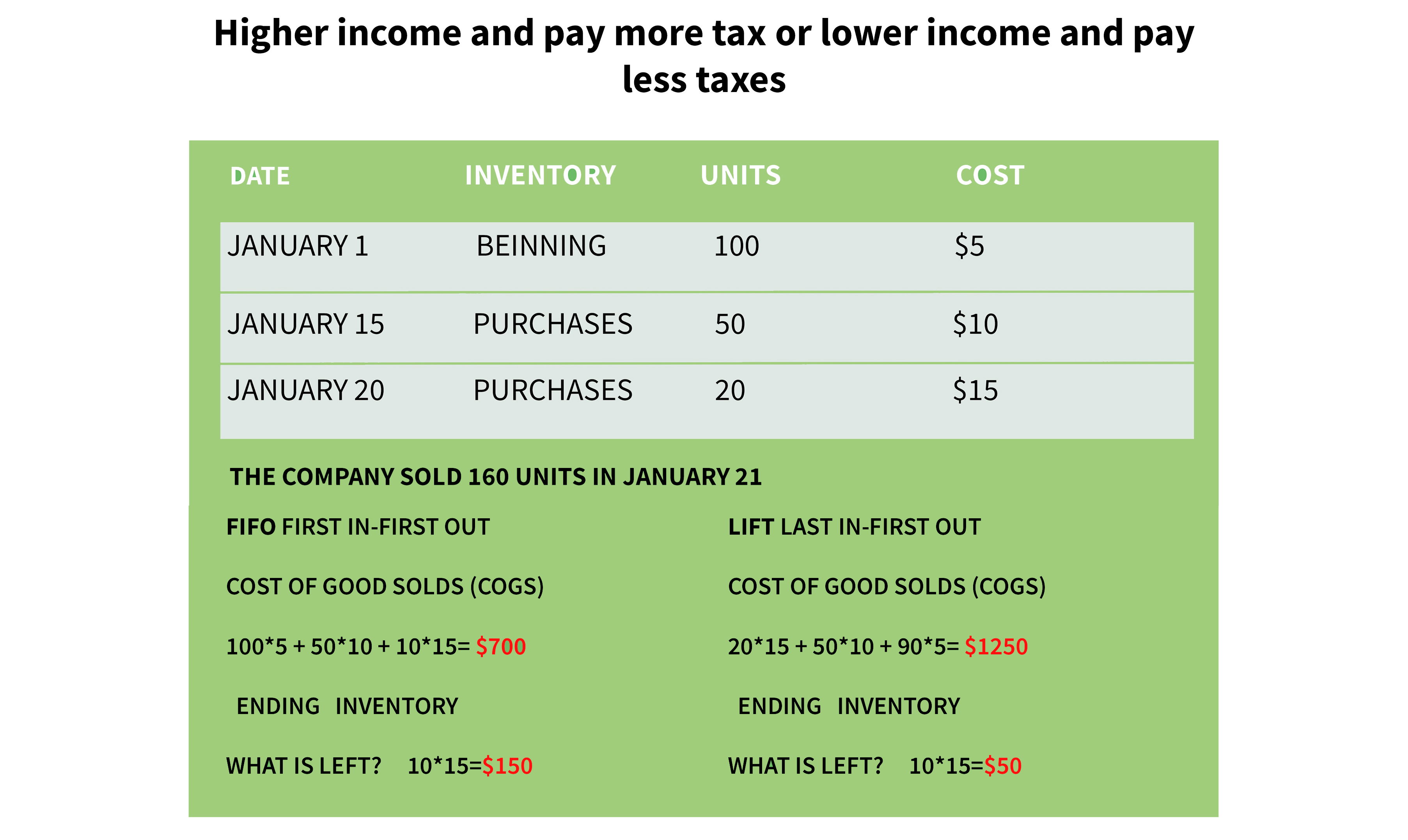
What about if they ask me for the Average Cost Method?
This one is actually the easiest one and it is what the question is, the name is average. We’ll do 100 times 5 plus 50 times 10 plus 20 times 15 and divide by the number of units. In this case, my amount of units is going to be 150 and 20. That's going to give me an average price. From there, since I sold 160 units, I just do 7.65 times 160 and I get my COGS or my cost of goods sold is $1,224 if I want to figure out my ending inventory, well, what is left? Since I sold 160 but I had 170, I have 10 units left at $7.65.
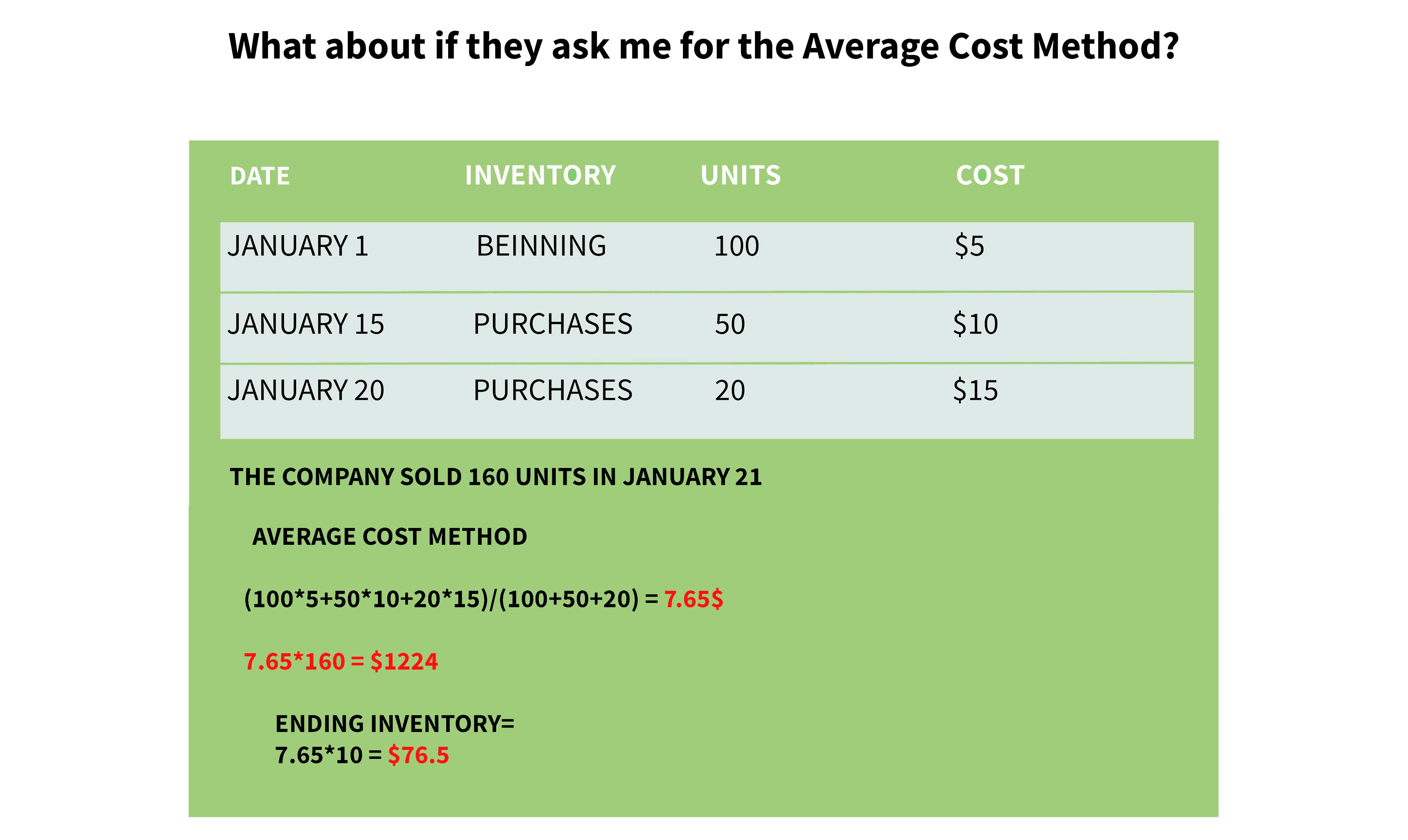
That's how easy it is to do the inventory with the three methods. It is important to note that the inventory method chosen can have a significant impact on a company's financial statements and taxes, and each method has its own set of benefits and drawbacks. Companies should consider factors such as industry norms, inventory turnover rates, and tax implications when deciding which method to use.
Key Takeaways:
1. FIFO results in a higher income and more taxes, while LIFO results in a lower income and less taxes.
2. The Average Cost Method is the easiest to use and involves calculating the average price of the units and multiplying it by the number of units sold.
